In January 2011, it was finally time to combine two hobbies of mine: Photography and Diving.
After reading the very positive review of the Canon Powershot S95 by Ken Rockwell, I decided to purchase this camera in November 2010 and I am very happy about its performance.
If you consider using the Canon Powershot S95 also for underwater photography, there are two options to do so: The Canon WP-DC38 housing which comes at a price tag of roughly 180 USD and the Ikelite 6242.95 that will set you back about 325 USD. At the time I had to make the purchase decision, there were no reviews available. Hence, I decided to base the decision on the thought: “Product sold at higher price offered by a company specialized on engineering products for a special purpose should offer superior quality and functionality.”
So I bought the Ikelite housing. And used it first during our 12 dives around Ko Lanta in January 2011. After shooting roughly 800 pictures underwater with the combo Powershot S95 / Ikelite, I want to share my experience with this review.
1. What’s in the box?
It’s delivered in a neutral white box 🙂
1x Housing
1x Lens Cover
1x Diffuser
1x Reflector
1x Plastic Ring for Front Control Ring access
1x Wrist Strap
1x Silicon Lube
5x Spare Knobs
1x Manual
1x Warranty Card
2. Setup
The setup is rather easy. First, you have to press the plastic ring on the front control ring.
Afterwards, you should make sure that the knob to control the zoom lever is aligned properly.
Zoom Lever, properly aligned
Zoom Lever, not properly aligned
Then you can put the camera into the housing. Make sure that the teeth of the control ring adapter snap in properly. Close the lid and snap the lever.
The last check should be to turn the housing around and check whether the O-ring shows a deep black continuous line, approx. 4mm wide. Then you can be sure that the housing will be waterproof. I used to do a brief test in the water reservoir of the dive boat prior to each dive.
If you plan to use the camera integrated flash, make sure that you attach the flash diffuser to the housing with a short robe – I recommend floss to do so.
Before the first dive, I would recommend to play around a little with the camera in the housing to familiarize yourself with the controls. Especially using the shutter release button, to get used to the pressure point of the rear controls and the necessary button combinations to switch the internal flash on and off.
3. Observations during usage
If you feel comfortable using the S95 above water, you will feel the same way using it in the Ikelite case below the surface. All menus are accessible but given a proper camera setup before the dive, there is no need to do so.
Build quality and usage of buttons
The build quality of the housing is convincing. All buttons are big enough and easy to use underwater, even the ones with rather narrow spacing that trigger the rear control dial. You get a decent mechanical feedback whether you pressed the button far enough. As I only used it in warm water so far, I cannot really judge whether this is also true for usage wearing thick gloves. The housing is neutrally buoyant, I did not feel the need to attach any weights to trim.
Using internal flash
The internal flash can be used in combination with the included diffuser – without it, the lens port would cause a huge shadow in the lower right corner of the picture. You can definitely use the integrated flash to take macro shots up to a distance of roughly 0.3m. Objects further away than that will lose color immediately. After trying it for a couple of shoots, I didn’t even bother to use it anymore during the next ten dives.
Strong vignetting without the flash diffusor
Much less vignetting using the flash diffusor
Maintenance
After each time I opened the case, I checked if there was any water in the case – nil. Before closing it again, I made sure that there wasn’t any dust or even bigger particles attached to the O-ring. The lubricant might facilitate this. However, there was never any problem because we did only boat dives during that vacation. If you use the housing in dusty or sandy areas, e.g. beach dives, I would perform this check more carefully. After one week and twelve dives, I completely removed the silicon lubricant and put a small portion of fresh lubricant on the O-ring before I stored the case.
Other than that, I would highly recommend to rinse the housing carefully after each dive, especially after diving in salt water. If you don’t do so, you can immediately feel an increase in the knob resistance. I used to put the housing in one of the fresh water tanks on our boat after each dive.
Fog
I did not have any problems with fog inside the camera housing. This might be different under conditions with larger difference between air and water temperature – however, I can’t judge this so far.
Potential overheating problem
During second half of the second dive, the camera suddenly did not accept any commands any more except for the shutter release. Images were of proper quality and stored to the SD-Card as usual – I was just not able to access any menu anymore, e.g. to adjust the white balance. I was under the impression that I did something wrong and did not bother anymore during the dive. One day later, during the third dive on that day, the same happened so I could be sure that it wasn’t me. After the dive, I asked myself about similarities between the two dives when the problem occurred. I found that prior to both dives, I left the camera in the closed housing but watched a lot of the images of the past dives in playback mode. Due to the limited air volume inside the housing, the energy consumption of the camera, the corresponding heat dissipation and the ambient temperature of roughly 28 °C, this might have caused a camera overheating. However, this is only speculation from my side.
I made sure that I didn’t use the camera much prior to the next dives and also kept it away from direct sunlight – no problems occurred afterwards anymore.
4. Tips and Tricks
The first thing I had to learn to achieve decent looking underwater pictures is that constant adjustment of white balance is essential. For each change in depth or angle towards the sun, you have to readjust the custom white balance. Forget about the S95 “Underwater Color Mode” – this is not going to improve anything according to my experience.
Therefore, I recommend to set the custom function button on the rear to “Custom White Balance” – you are going to use this frequently. As reference for “white” underwater, point your left arm towards the object you want to photograph and push the custom function button – this method delivered the best results for me. At least better results than using the flash diffuser as white card.
I set the front ring to exposure compensation. You won’t need this feature much but still it’s valuable to have direct access to it. Other than that, I set Auto ISO to “on” with a maximum of 200.
5. Extension Capabilities
External Strobe
The Ikelite Housing brings the capability to attach two AF35 external strobes, Type 4035. They will be triggered by using the reflector instead of the diffuser. Up to now, I did not gather any experience with these add-on strobes – more to come in the future.
Wide Angle Converter
Due to light refraction, everything in water appears to be roughly 33 percent larger than above the surface. This means that the effective focal length changes from 28-105mm to 42-158mm. To compensate for this effect, Ikelite offers a wide angle conversation lens (type 6420) with a magnification of 0.56x. Using this converter, the effective focal length will be 23.5-88mm. Again, I did not gather any practical experience with this extension – more to come in the future.
6. Summary
I am really impressed with the ease of use, the build quality and the functionality of the combo Ikelite / Canon Powershot S95. With a total invest of currently 750 USD, you are going to get a solution to take underwater photographs and videos with a decent quality at a very reasonable cost / quality ratio. An underwater housing for a DSLR would set you back roughly twice as much – not including the DSLR, lenses, necessary dome ports or external strobes.
Hence, I highly recommend the Ikelite for those divers that want to take decent pictures underwater but do not need to earn a living with it. At the same time, this is a solution where you don’t need to worry whether you are endangering the “well being” of you nice little Powershot S95 due to poor engineering of the case itself.
You can purchase the case here or here.
Please feel free to leave a comment to share your experience or ask unanswered questions.
7. Sample Gallery

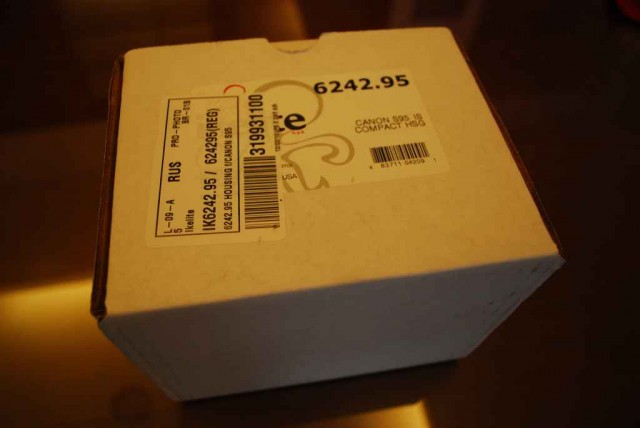
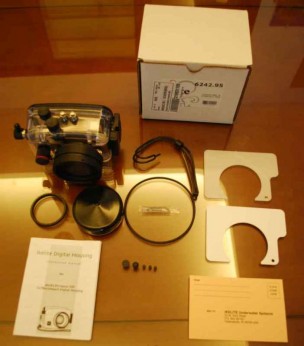
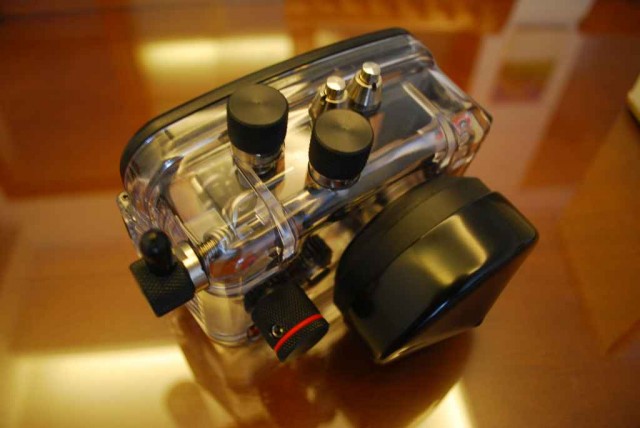
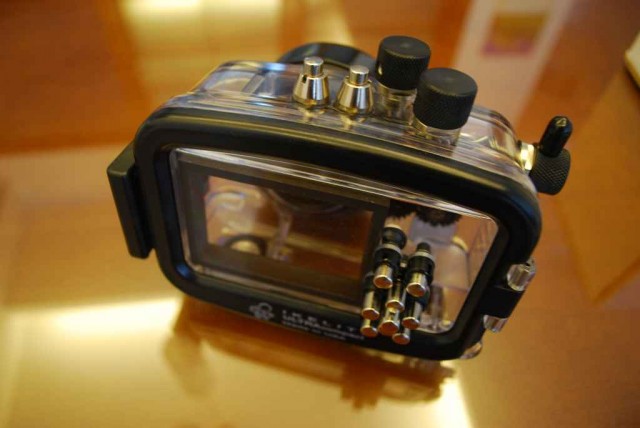
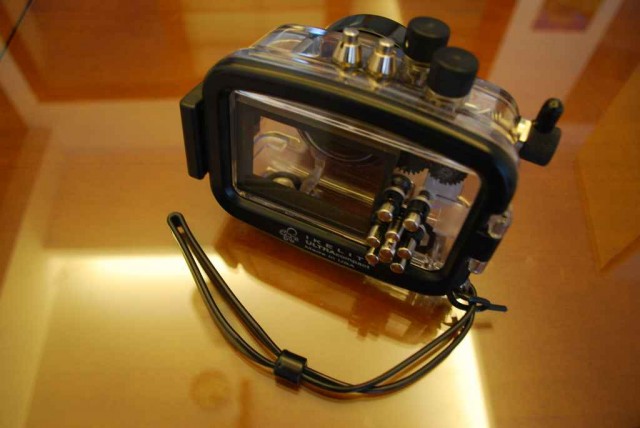
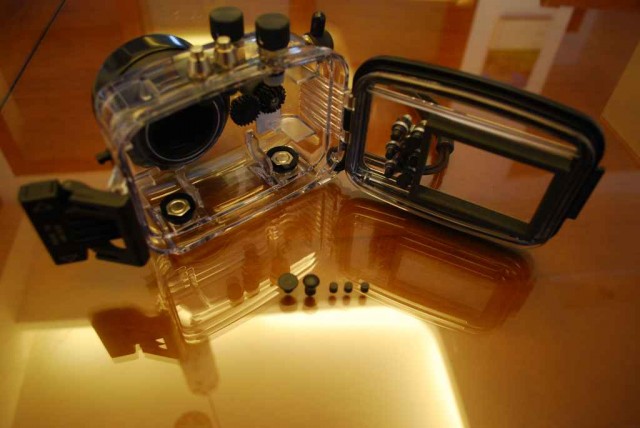
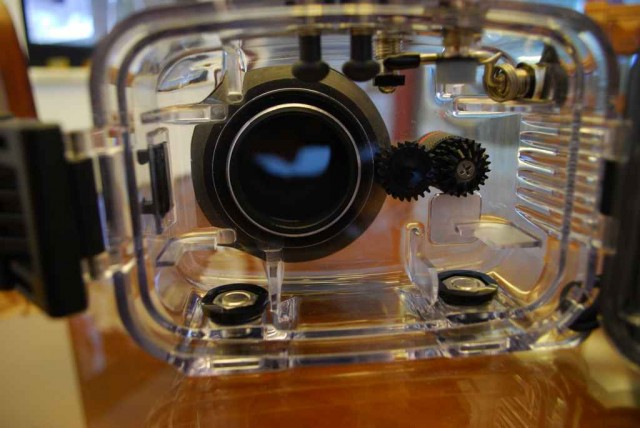
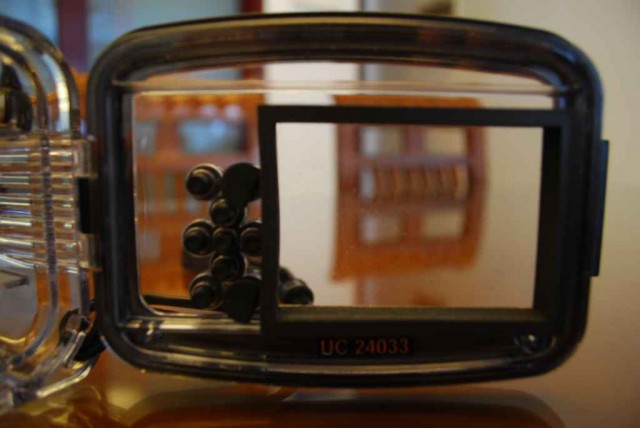
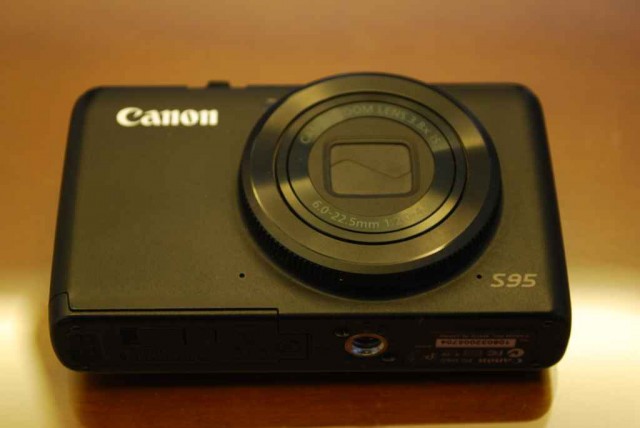
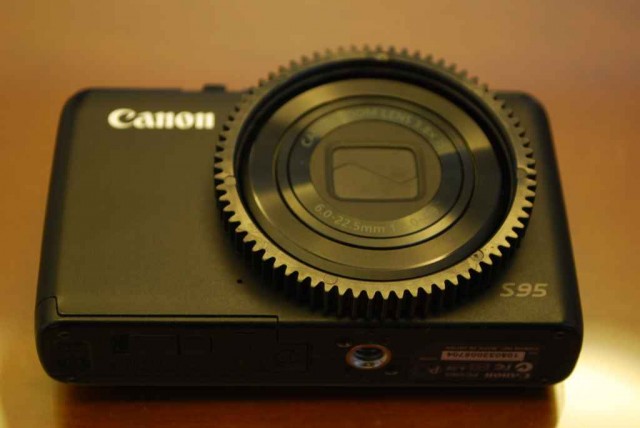
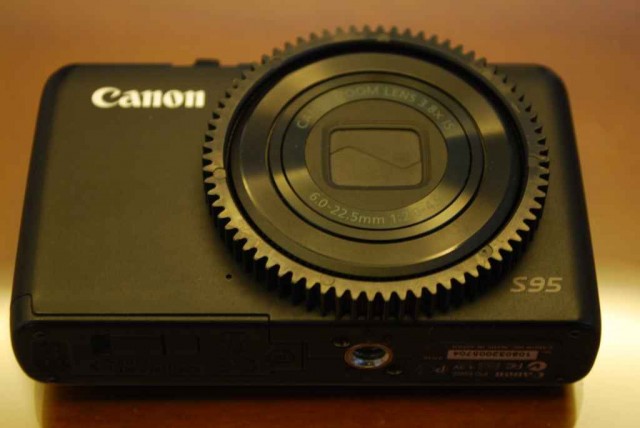
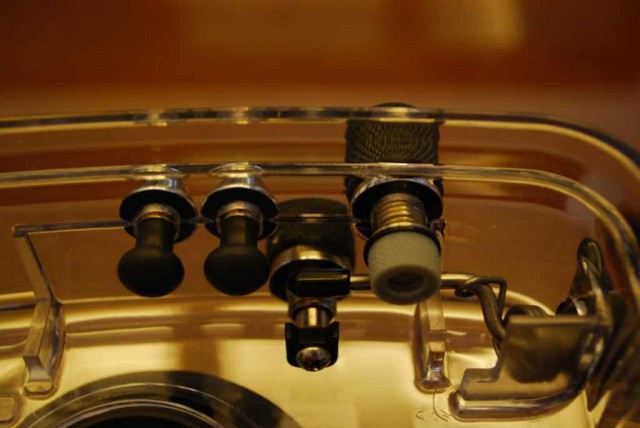
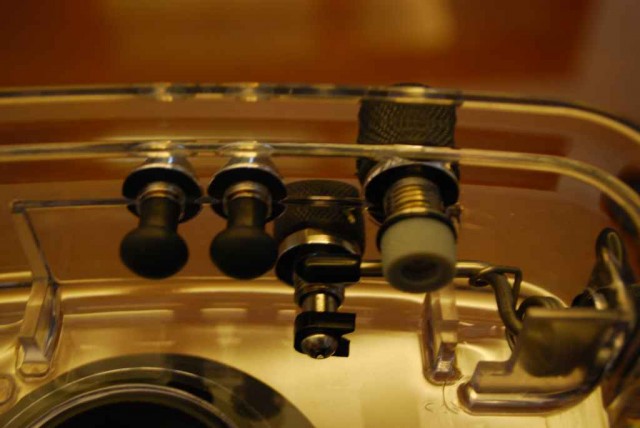
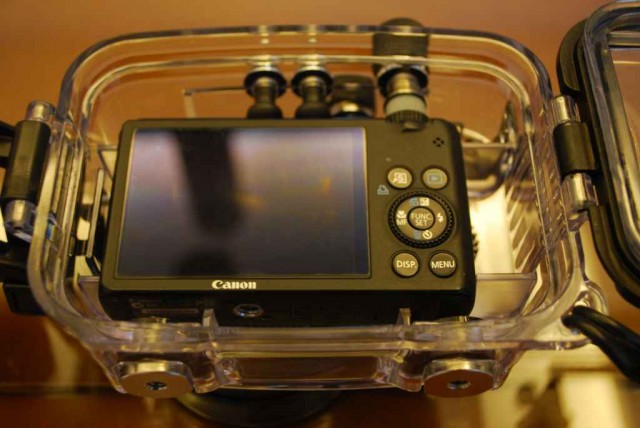
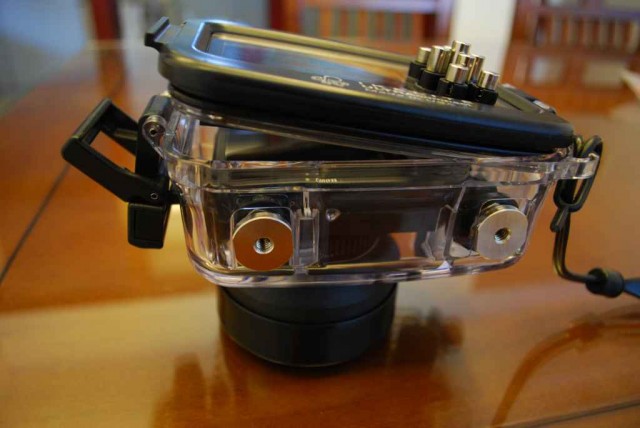
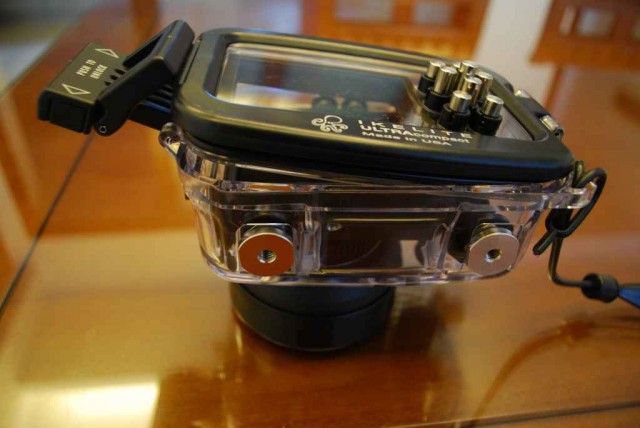
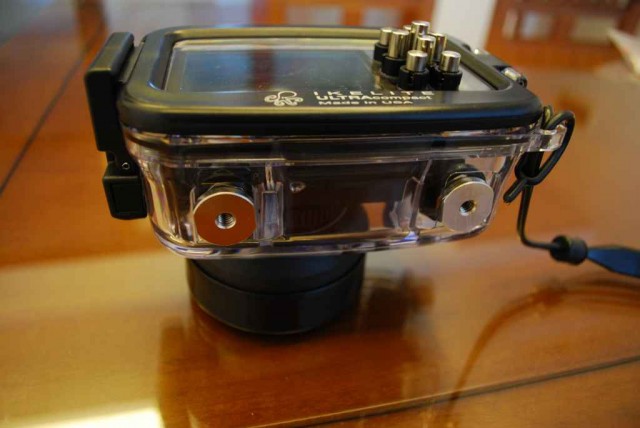
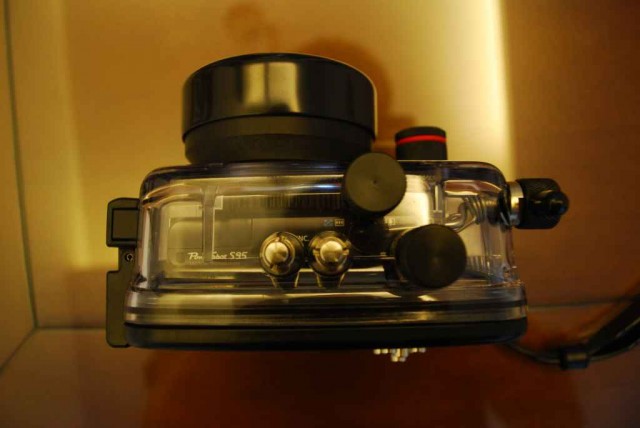
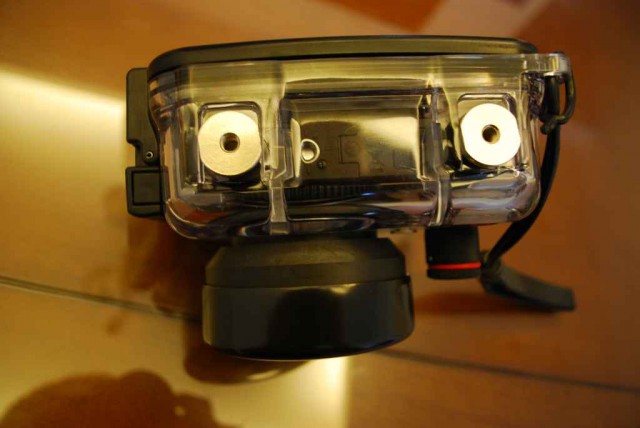
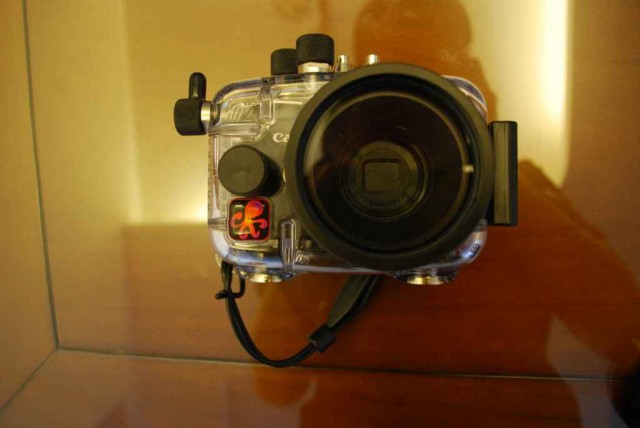
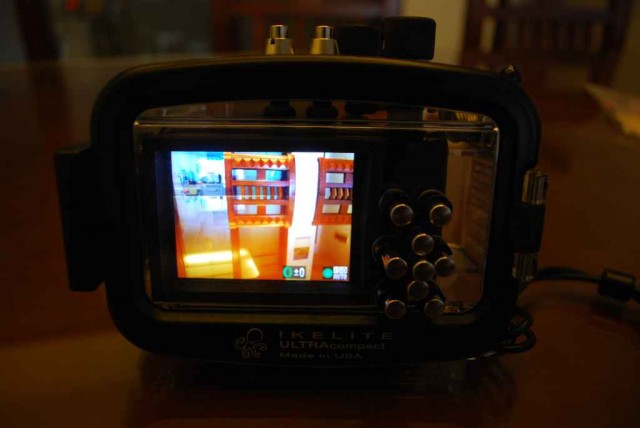
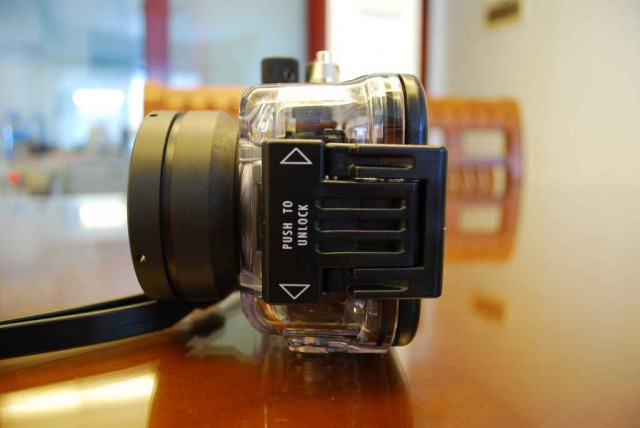
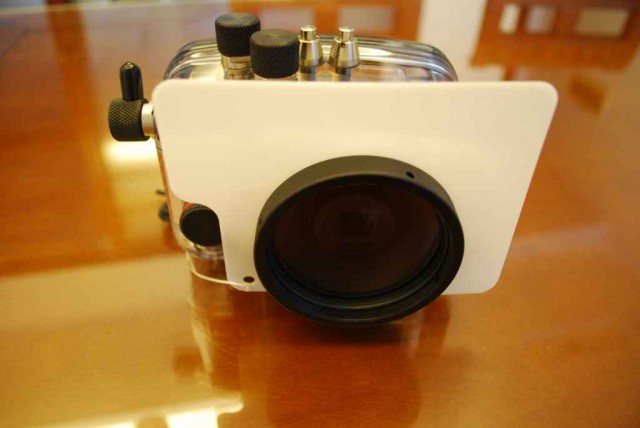
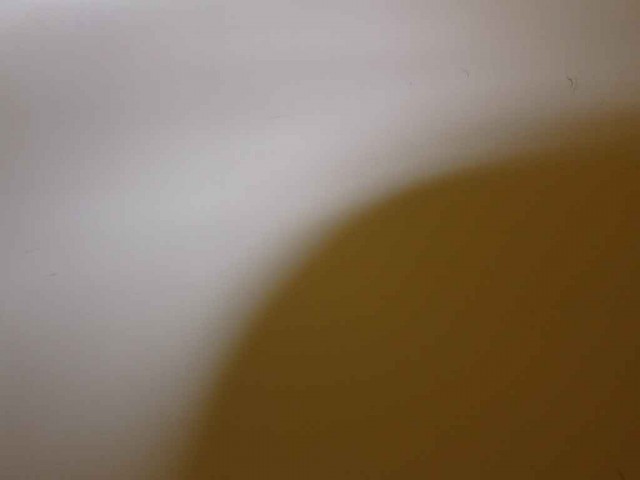
















Thanks for the info. We just got back from a diving trip where we flooded our camera and are now searching for a replacement. It is the housing that is leaking and the camera is completely toast so we have to replace both. The S95 and the Ikelite housing are high on our list and your info will come in handy.
I like your blog. I’m not good at German so the rest of the blog looks interesting but I am not able to make use of most of your posts. My wife and I have started a blog similar in nature to yours. http://havecarryonwilltravel.com. It will keep you updated to see if the S95 is our choice.
Thanks again
Dear Murray,
thanks for your comment! Sorry to hear that you flooded your camera! How did it happen? Construction fault of the housing? Which brand did you use? The diving pics on your blog look excellent!
Can really recommend the S95, the camera produces excellent images! More “reference images” to come from our Hongkong visit last Sunday.
All the best, Frank
The camera got flooded on a trip to Bonaire. Most of the diving on Bonaire is shore diving. My wife is small and getting in and out of the water weighted down with gear is a minor struggle. We were leaving the water after one of the dives and a wave knocked Debbie down. She rapped the front of the housing on a rock. We think that this the cause of the leak. Not sure though. I have taken the front of the housing off and inspected it for cracks, I cannot see any that go through the entire case. I reseated all of the seals and Debbie took the housing to the local dive tank (5M deep) and the housing still leaked around the extension for the lens. I guess it does not really matter as the camera is an old model albeit a good one and we can only find 2nd hand ones on the net. I do not think we can trust the housing even with a second hand camera so that explains why we are looking at a new one.
The other camera we are looking at is the Sealife 1200, you didn’t perchance look at that model did you?
I do have one more question about the S95, several of the reviews we have read for the Sealife camera state that the battery life is not real good. Sometimes it does not last for 2 dives. Did you have any trouble with the battery life of the S95? If we can we will do 3 dives in a day and the old camera that used AA’s had no trouble with dead batteries.
Murray
Dear Murray,
unfortunately, I have no experience with the Sealife 1200. I was right from the beginning focused on a standard compact camera I could use for travel photography plus an additional underwater housing. A pure underwater camera was not versatile enough and I do not dive as frequently to justify the expense for such a specialized camera.
The battery life of the S95 is not particularly good. I manage to squeeze roughly 250 shots out of each battery charge. During our Thailand dives, we had a maximum of three dives per day and I never needed to change batteries throughout the day. Anyway, I purchased two non OEM replacement batteries (expense of 20USD) so in total, I can shoot 750 pictures per day which I did never exceed so far.
The Ikelite housing is very easy to open so it’s not a big issue to swap batteries if it should run empty. The only thing I would recommend to avoid is reviewing images with the housing closed. This will quickly drain the battery and might cause the overheating problem I described in the review.
All the best,
Frank
Hi Frank, thanks for your review. I’m considering of going for the same setup. Regarding the white balance. Did you ever use the RAW mode on the camera for making under water pictures?
Cheers, Twan
Dear Twan,
no, I did not use the RAW mode for taking underwater pictures. Basically I was afraid that I will not find the time for the necessary post processing. Additionally, I was not sure whether shooting in RAW mode would cause additional heat. I will try it during one of our next diving trips and report.
All the best, Frank
Hi Frank
I just got the Ikelite housing for my S95.
I haven’t yet dived in the sea with it, so for now it’s just practice in the swimming pool.
(I live inland so it’s either the swimming pool or lakes for diving)
For now, I’m just familiarising myself with the housing controls underwater and getting comfortable with it. I shoot only raw, using auto white balance – so far so good, but I will try your suggestion at custom white balance for future dives.
I wish I could say that all is well and perfect, but there is a problem that I am having:
sometimes not all the controls work. I don’t know why this happens because I have correctly inserted the camera into the housing. I find that sometimes I have to press the buttons really hard even to the point that it hurts my fingers before a command is registered by the camera. Today I tried to shoot a photo – out of the water – and the shutter didn’t fire. I had to turn off the camera, open & re-close the housing before I got the shutter to fire again. The flash was off and the battery was fully charged.
This inconsistent performance is a huge worry, because one day when I DO actually go on a sea dive, I fear the system will let me down and I will miss those great shots that we all dream about.
Did you ever have such issues?
regards
Raoul
Johannesburg
South Africa
Dear Raoul,
I would strongly recommend to use custom white balance, even if you shoot RAW. It might be difficult and time consuming trying to repair what auto white balance did.
Regarding the controls: I experienced two different kinds of problems with the controls, fortunately both can be managed.
The first issue causes all controls to not respond. I am quite sure that this is due to overheating. The fix is to take out the camera out of the housing during dive breaks, to keep the camera off during breaks and to turn off the display while diving when the camera is not used.
The second issue causes some controls to not respond. Especially the button functions on the rear wheel are affected. This can occur due to a slight misalignment of the camera within the housing. Even though the rough position of the camera is fixed, there is a slight slackness. Try to find the alignment of the camera in the housing in which all buttons work. This might take some attempts but once you have figured it out, it is quite easy to handle.
Best of luck for all future dives! Best regards,
Frank
Hi Frank
thanks for your reply
I have not been underwater long enough to have the overheating problem, have only played in the swimming pool without scuba gear & air.
So it must be the second issue. However it is a huge concern that the most basic and most important function i.e. shutter release does not work every time.
I also find the response time of the camera pathetically slow (by this I mean the time lag between focusing, pressing the shutter button and the camera capturing the image). If there is a moving subject there is no way in the world you will capture the image as you visualised it.